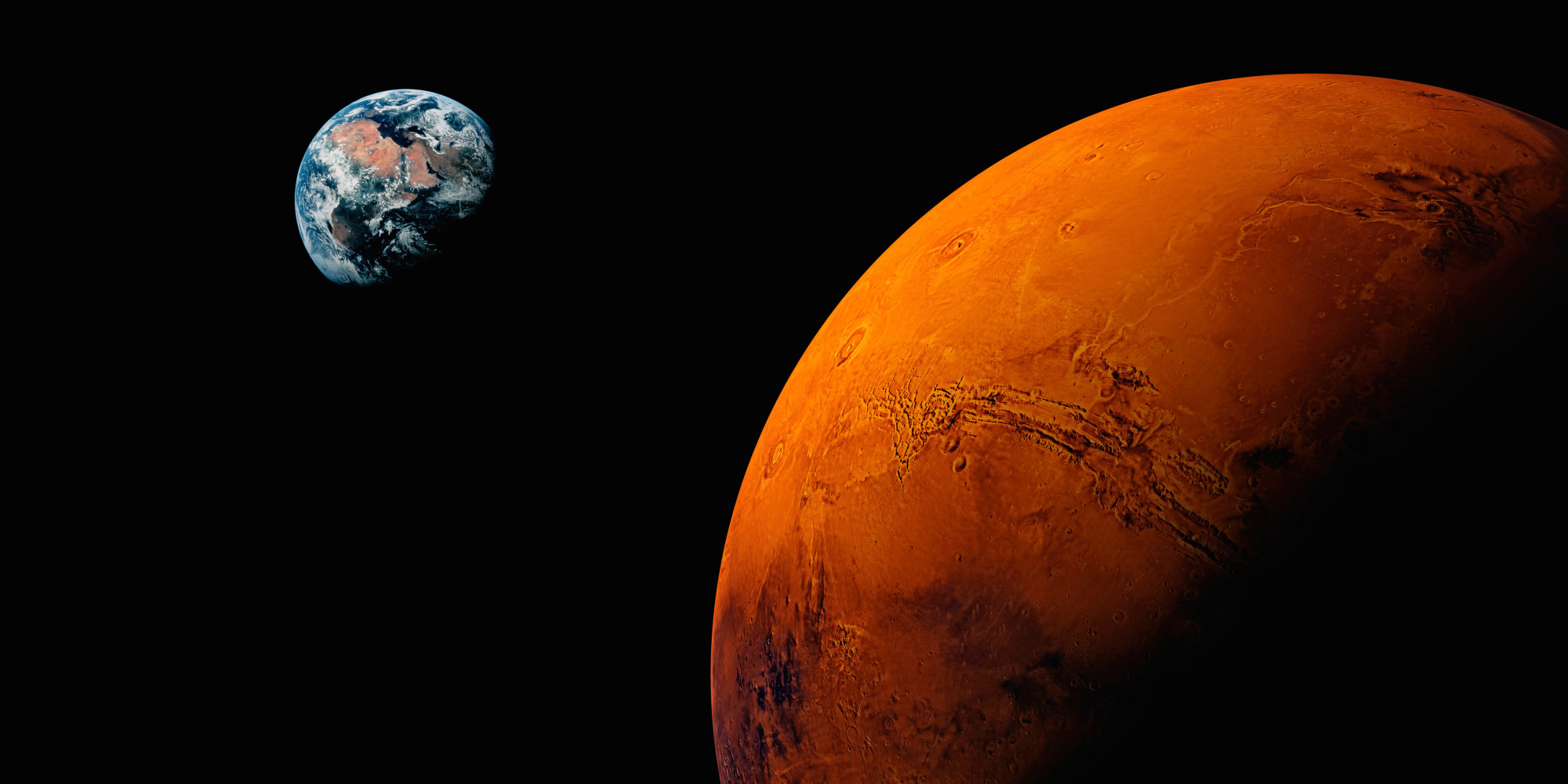Research lines
CREATOR is related to projects PARADiSE and PERFORMER.
While PARADiSE addresses the broad theme of plasma conversion of CO2 on Earth and the detailed study of the underlying kinetics, CREATOR investigates if and how the knowledge gathered for applications on Earth can be transposed to a Martian scenario, establishing differences and similarities. Contrary to PARADiSE, which evaluated different plasma sources, CREATOR focuses in nanosecond repetitively pulsed discharges (NPD), where pulsing brings additional knobs to control the power transfer to the plasma and the gas temperature. In turn, PERFORMER benefits from the fundamental studies performed in CREATOR to attempt the construction of a proof-of-concept reactor for a plasma-membrane system operating in a Martian environment, and to assess the feasibility and potential of plasma technologies for in-situ resource utilziation on Mars.
CREATOR's main research axes are:
Gas phase decomposition.
This research line addresses gas phase decomposition of CO2 in NPDs, covering the range of pressures relevant from Terrestrial to Martian applications, approximately from 100000 to 100 Pa (Task 1). The different pressure regimes entail a change in the dominant physicochemical mechanisms, shifting the relative importance of direct electron impact mechanisms, stepwise processes driven by vibrationally excited states, and stepwise processes driven by electronically excited states.
Heterogeneous processes.
Task 2 studies how surface activation by plasma may lead to an enhancement of CO2 dissociation, and what are the mechanisms involved in the separation of the dissociation products by ion-conducting membranes. Two types of heterogeneous interactions can be distinguished, based on whether they are in contact with the plasma or not. For a "post plasma" membrane configuration, only long-lived species that can escape from the plasma will interact with the membrane; in the case of "in plasma" configurations, short-lived reactive plasma species (radicals, ions, photons, electronic and vibrationally excited species) can also interact with the surfaces, giving additional possible pathways for the chemical conversions.
From conversion to separation.
The main results of the two previous tasks are combined to develop a self-consistent model describing all the steps of plasma recycling of CO2, from the initial excitation and dissociation by electron impact to product separation after diffusion on the sweep side of the membrane, including the transport of the active species on the gas phase towards the surfaces, their interaction at the surfaces, as well as bulk diffusion through the membrane (Task 3).

